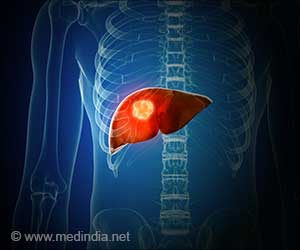A tiny sensor that would help in easy diagnosis of variety of diseases such as diabetes, asthma or breast cancer has been developed by University of Florida engineers.
A tiny sensor that would help in easy diagnosis of variety of diseases such as diabetes, asthma or breast cancer has been developed by University of Florida engineers.
They have designed and tested versions of the sensor for applications ranging from monitoring diabetics' glucose levels via their breath to detecting possible indicators of breast cancer in saliva.They say early results are promising.
These sensors can be mass-produced inexpensively with technology widely used for making chips in cell phones and other devices.
"This uses known manufacturing technology that is already out there," said Fan Ren, a professor of chemical engineering and one of a team of engineers collaborating on the project.
Researchers suggest integrating the sensor in a wireless system that can detect glucose in exhaled breath, then relay the findings to health care workers.
That makes the sensor one of several non-invasive devices in development to replace the finger prick kits widely used by diabetics.
Advertisement
The sensor uses a semiconductor that amplifies the minute signals to readable levels.
Advertisement
The team has also used the sensor to detect pH or alkalinity levels in the breath, a technique that could help people who suffer from asthma better identify and treat asthma attacks - as well as calibrate the sensitivity of the glucose sensor.
They have used other versions to experiment with picking up indicators of breast cancer in saliva, and pathogens in water and other substances.
The findings are published in IEEE Sensors Journal.
Source-ANI
RAS















